How to Storyboard a Long Shot
- Understanding the Purpose of a Long Shot
- How to Storyboard a Long Shot: A Step-by-Step Guide
- Expert Tips and Advice
A long shot, often used to establish the context or setting of a scene, encompasses a wide view of the scene and characters, providing viewers with a broader perspective. Compared to other storyboard mediums, a long shot demands meticulous planning and execution, as it sets the stage for the narrative and guides the audience's attention.
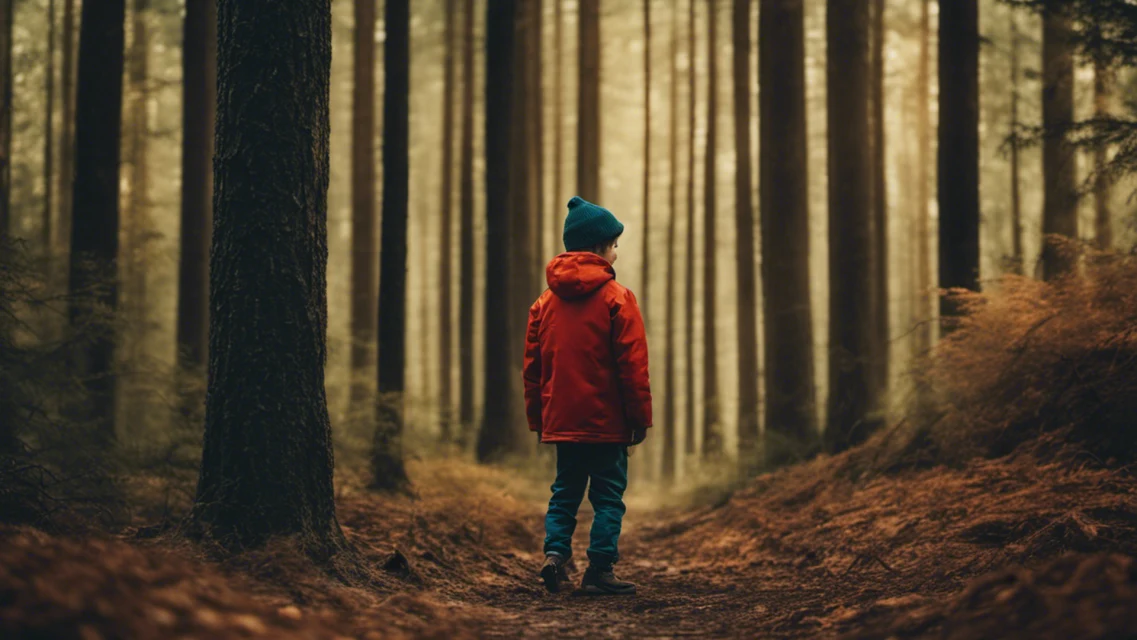
To storyboard a long shot effectively, one must focus on capturing the essence of the scene, the positioning and movement of characters, and the overall mood and atmosphere, all while ensuring the shot contributes meaningfully to the story's progression.
The Shortcut to Effective Storyboards.
Boords is an easy-to-use storyboarding tool to plan creative projects.
Get Started for FreeUnderstanding the Purpose of a Long Shot
In storytelling, a long shot serves various purposes, depending on the narrative's context and the filmmaker's intent. It can be used to establish a scene's setting, providing viewers with a holistic view of the environment where the action unfolds.
This allows the audience to better understand the characters' spatial relationships and actions within a scene. Unlike other storyboarding mediums, a long shot requires careful planning and execution, focusing on capturing the scene's essence, positioning and movement of characters, and the overall mood.
The Basics of a Long Shot
Storyboarding a long shot requires an understanding of its fundamental components and how they contribute to the overall narrative. Unlike other storyboard mediums, a long shot focuses on a broader view of the scene, capturing the environment, characters, and their movements. Here, we'll break down these essential elements.
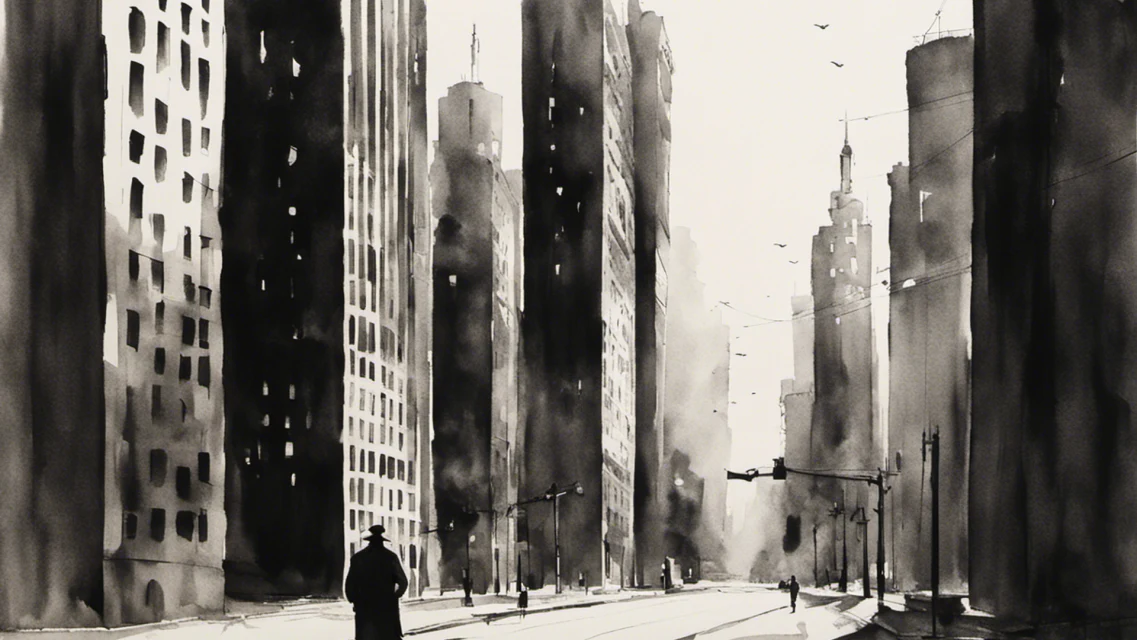
Scene: The scene is the backbone of a long shot. It sets the stage for the narrative, providing viewers with a comprehensive view of the setting. Whether it's a bustling cityscape or a serene countryside, the scene should be detailed enough to establish the context but not so intricate that it distracts from the characters and their actions.
Characters: While the characters may appear smaller in a long shot compared to a close-up, their positioning and actions are still crucial. They should be strategically placed to guide the viewer's eye across the scene and indicate their relation to each other and the environment. Their movements, though subtle, should contribute to the scene's dynamics and the story's progression.
Movements: The movements in a long shot, both of the characters and the camera, play a significant role in conveying the narrative. Character movements should be clear and purposeful, indicating their intentions and emotions. The camera movement, on the other hand, can add depth to the scene, guiding the viewer's attention and enhancing the storytelling.
Storyboarding a long shot requires a balance of these elements. It's about creating a harmonious composition that effectively communicates the story while providing a visually engaging experience for the viewer. This requires careful planning, a keen eye for detail, and a deep understanding of the narrative's needs and objectives.
How to Storyboard a Long Shot: A Step-by-Step Guide
1. Conceptualize the Scene:
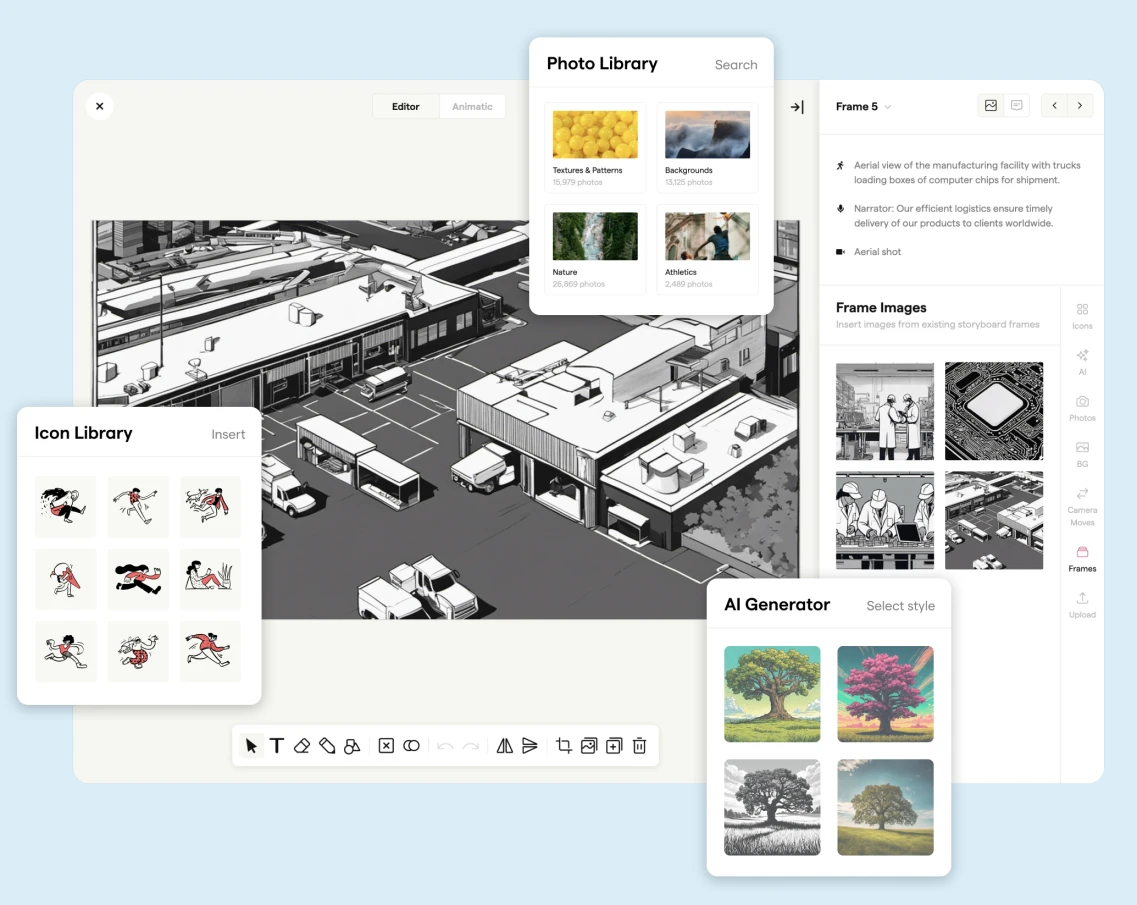
The first step in storyboarding a long shot is to visualize the scene. Consider the setting, the characters, and the action that will take place. Remember, in a long shot, the setting plays a significant role in establishing the scene's context. Use Boords' storyboard creator to sketch or import images of your envisioned scene.
2. Position the Characters:
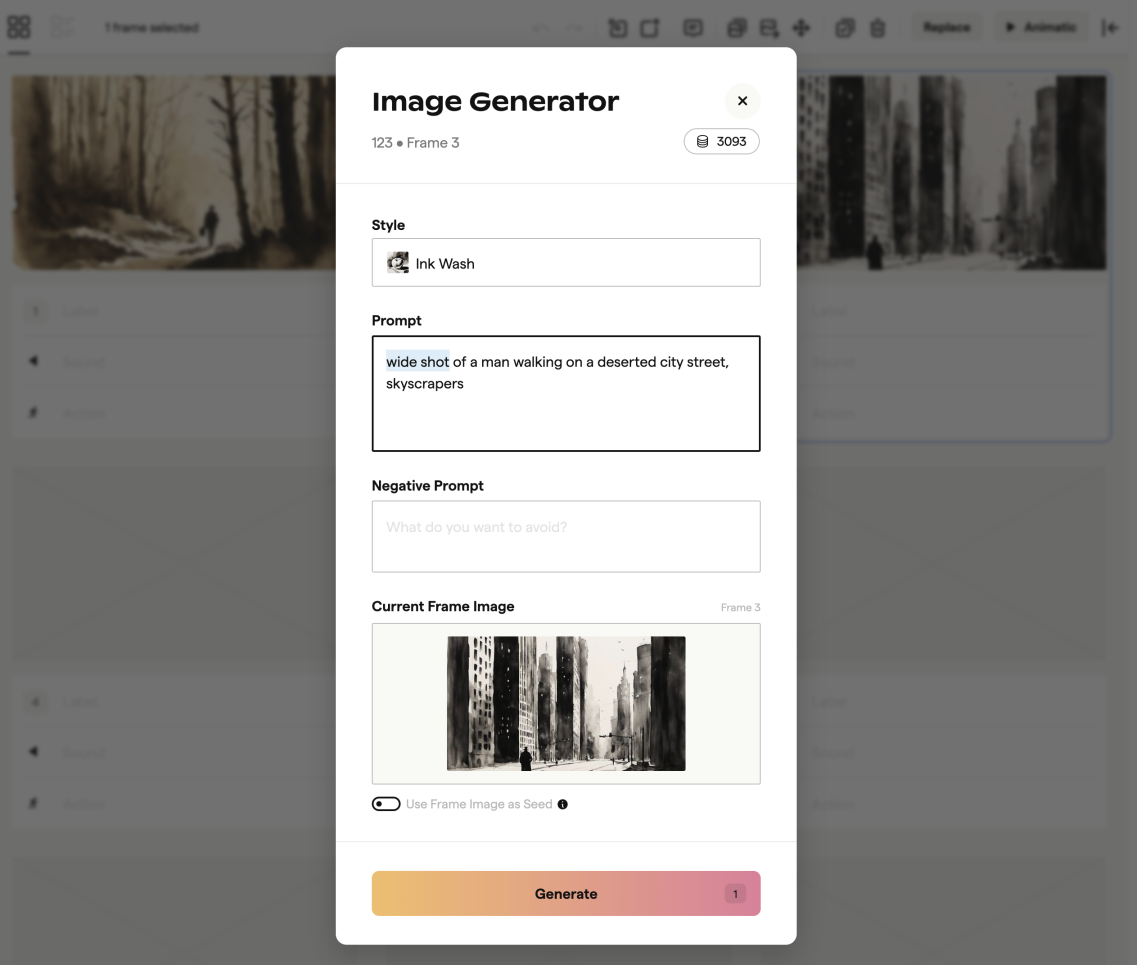
Once you have a clear picture of the scene, determine where your characters will be positioned. In a long shot, the characters might appear smaller, but their placement is crucial to guide the viewer's attention and indicate their relation to each other and the environment.
If you're using our AI Storyboard Generator, you can provide text prompts like "wide shot" or "long shot" to generate the correct character positioning.
3. Plan Character Movements:
In a long shot, character movements should be clear and purposeful. Even subtle movements can contribute to the scene's dynamics and the story's progression. Use Boords to indicate character movements with arrows or lines.
4. Decide on Camera Movements:
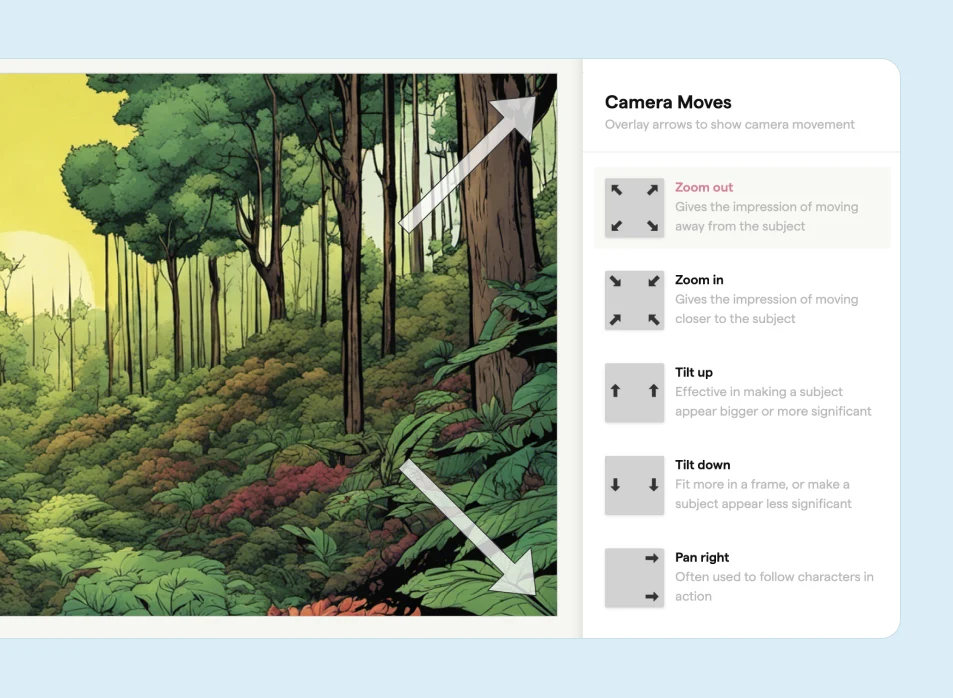
The camera movement in a long shot can add depth to the scene and enhance the storytelling. With Boords, you can use the camera movement tool to indicate pans, zooms, or tracking shots.
5. Create the Storyboard Frames:
Now that you've planned your scene, characters, and movements, it's time to create the storyboard frames. Remember, a long shot typically encompasses a wider view of the scene, so ensure your frames reflect this. With Boords, you can easily create, edit, and rearrange storyboard frames.
6. Review and Refine:
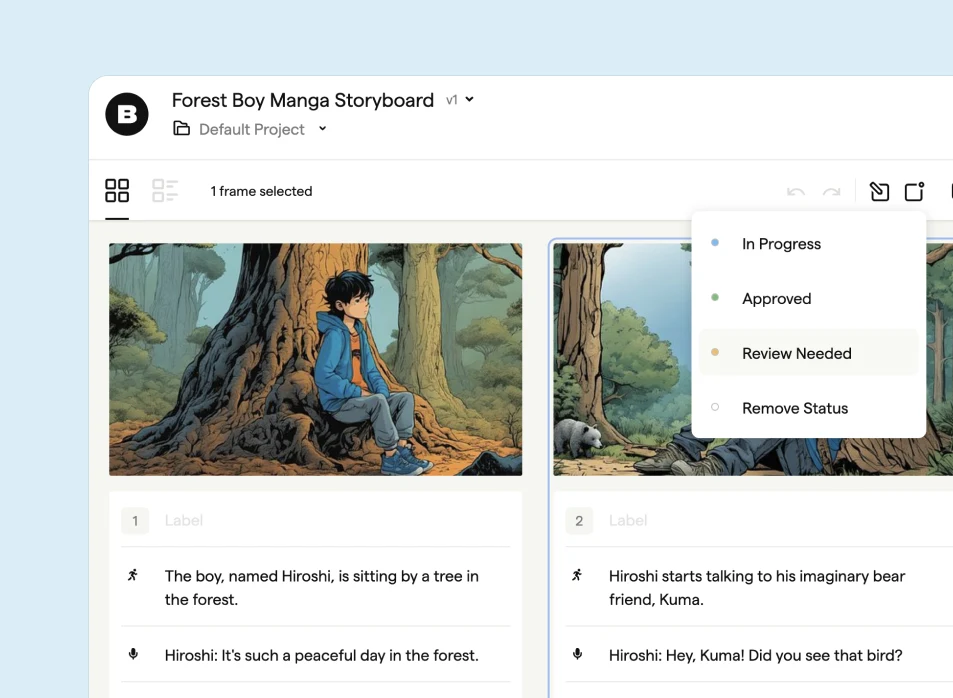
Review your storyboard, paying close attention to the flow of the story, the clarity of the actions, and the effectiveness of the long shot in conveying the narrative. Make necessary adjustments using Boords' intuitive editing tools.
7. Collaborate and Get Feedback:
Collaboration is key in storyboarding. Share your storyboard with team members or clients to get their input. Boords makes collaboration easy with its sharing and commenting features.
Collaboration with Boords
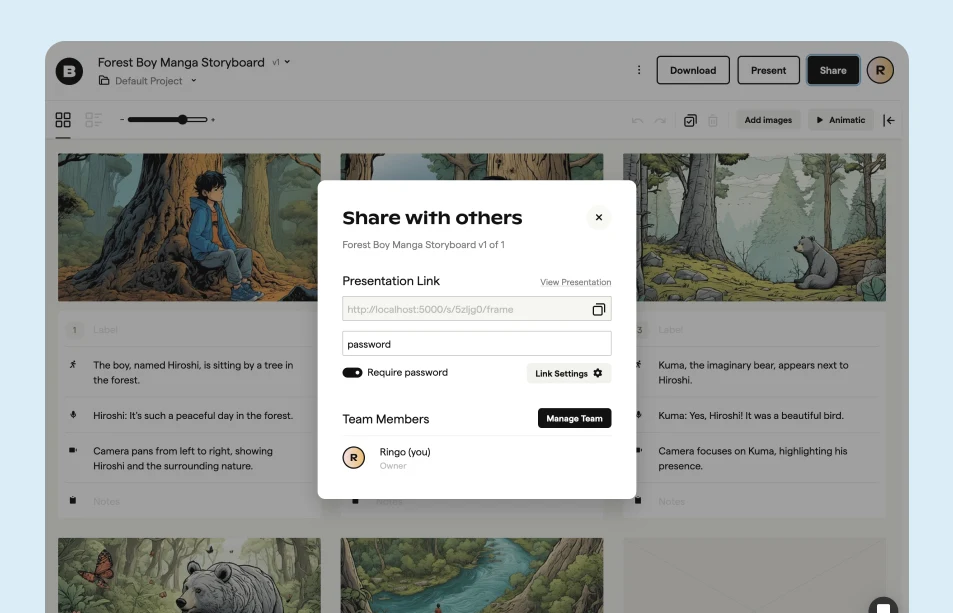
Storyboarding a long shot is not a solitary endeavor. It requires collaboration and input from various team members, including directors, cinematographers, and even actors. This collective effort ensures that the long shot is not only visually engaging but also serves its purpose in forwarding the narrative and enhancing the story's overall impact.
Boords, a powerful storyboarding tool, facilitates this collaboration seamlessly. Its user-friendly interface and robust features make it an ideal platform for teams to work together on storyboarding a long shot. Here's how you can leverage Boords for effective collaboration:
Sharing and Commenting: Boords allows you to share your storyboard with team members or clients, regardless of their location. They can view the storyboard, leave comments, and provide feedback, making the review process more efficient. This feature is particularly beneficial for long shots, as these often require more feedback due to their complexity and significance in the story.
Real-Time Updates: With Boords, changes made to the storyboard are updated in real-time. This means that everyone on the team stays updated with the latest version of the storyboard. This feature is crucial when storyboarding a long shot, as it often involves multiple revisions to perfect the scene, character positions, and movements.

Storyboard Versioning: Boords also offers storyboard versioning, allowing you to save different versions of your storyboard. This is particularly useful when exploring various possibilities for a long shot, as you can easily compare different versions and choose the one that best serves the story.
Asset Library: Boords provides an asset library where you can store and organize images, sketches, and other resources related to your storyboard. This makes it easy for your team to access and use these assets when working on the long shot.
In conclusion, Boords provides a collaborative platform that can significantly enhance the process of storyboarding a long shot. By facilitating communication, providing real-time updates, and offering useful features like storyboard versioning and an asset library, Boords can help you and your team master the art of long shot storyboarding.
Expert Tips and Advice
1. Prioritize the Scene: Unlike other storyboarding mediums, a long shot places a significant emphasis on the scene or setting. Renowned storyboard artist Mark Bristol advises paying special attention to the scene when storyboarding a long shot. He suggests making the setting detailed enough to establish the context but not so intricate that it distracts from the characters and their actions.
2. Use Scale and Perspective: Professional storyboard artist, Emma Coats, emphasizes the importance of scale and perspective in a long shot. She advises using these elements to guide the viewer's eye across the scene and highlight the characters' spatial relationships. This can be achieved by strategically positioning characters and objects within the scene.
3. Plan Character Movements: Even though characters appear smaller in a long shot, their movements are still crucial. Renowned director, Alfred Hitchcock, was known for his meticulous planning of character movements in long shots. He believed that even subtle movements can contribute to the scene's dynamics and the story's progression.
4. Leverage Camera Movements: Camera movements can add depth and enhance storytelling in a long shot. Cinematographer Roger Deakins often uses pans, zooms, and tracking shots in his long shots to guide the viewer's attention and create a more immersive experience.
5. Review and Refine: Storyboarding a long shot often involves multiple revisions. Animation director, Brad Bird, encourages storyboard artists to review and refine their work continuously. He suggests paying close attention to the flow of the story, the clarity of the actions, and the effectiveness of the long shot in conveying the narrative.
6. Collaborate and Get Feedback: Collaboration is key in storyboarding. Pixar's creative process heavily relies on collaboration and feedback. Sharing your storyboard with team members or clients can provide new perspectives and insights, helping you improve your long shot.